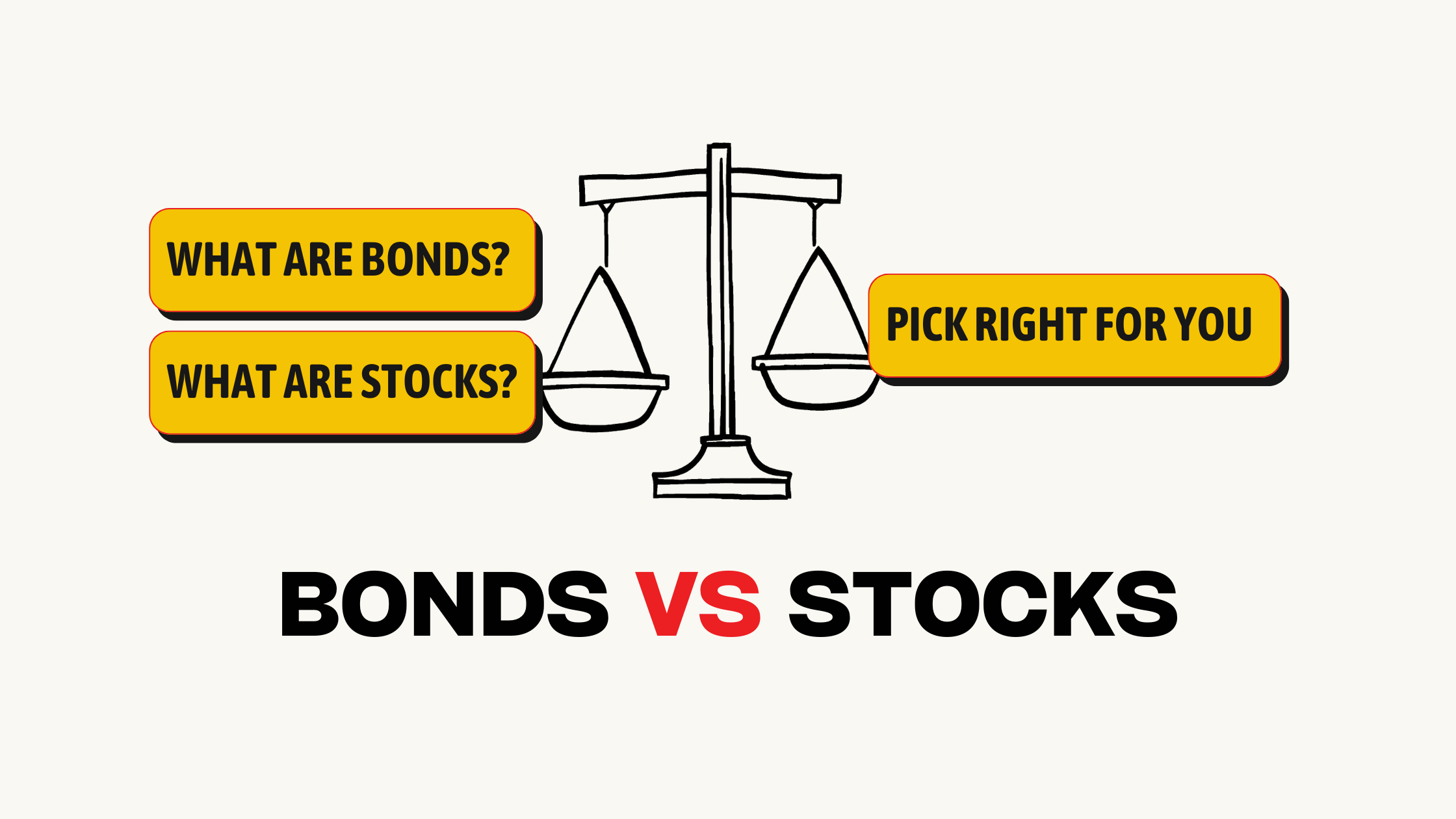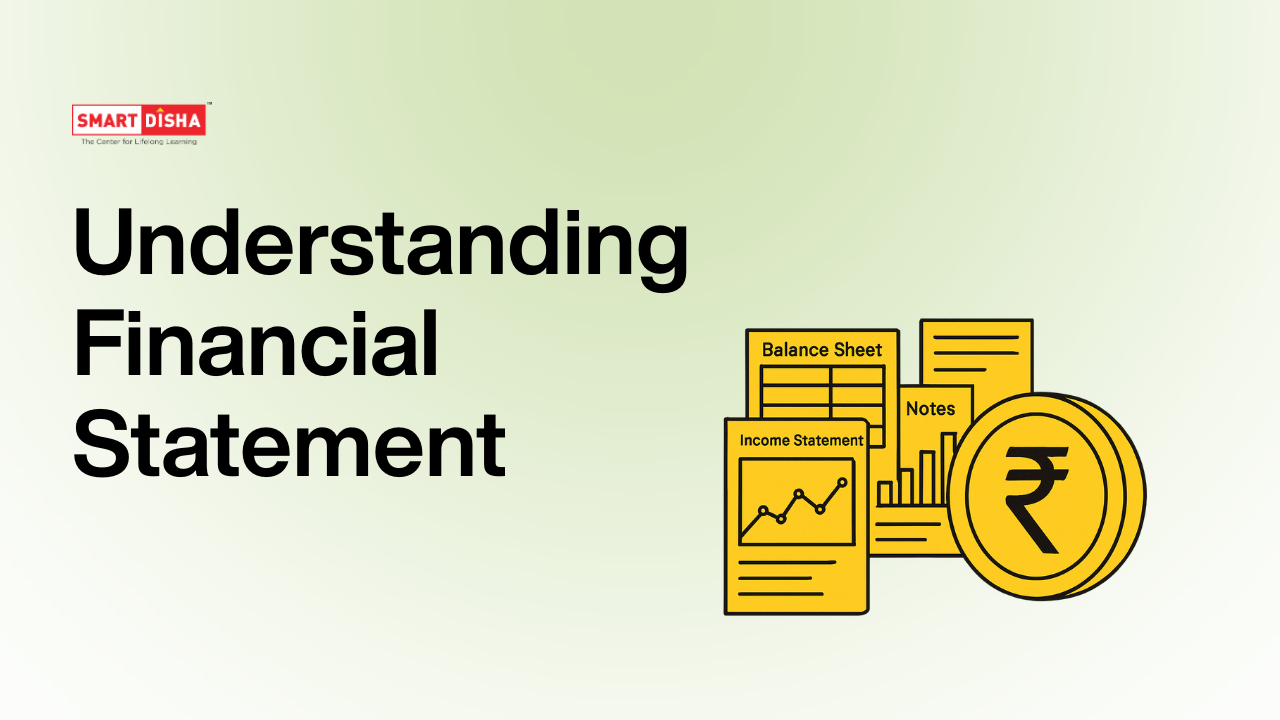When building an investment portfolio, one of the key decisions investors face is choosing between bonds and stocks. Both asset classes offer different benefits and risks, so understanding their differences is essential for creating a well-balanced portfolio that aligns with your financial goals.
In this article, we’ll compare bonds and stocks to help you decide which might be better for your investment strategy.
What Are Bonds?
Bonds are debt securities issued by corporations, municipalities, or governments to raise capital. When you buy a bond, you are essentially lending money to the issuer in exchange for interest payments over a fixed period. At the end of the bond’s term, the issuer repays the principal amount.
Key Characteristics of Bonds:
- Fixed Income: Bonds offer regular interest payments (known as coupons), making them attractive for income-seeking investors.
- Lower Risk: Bonds are generally considered less risky than stocks, particularly government bonds, as they provide stable returns and repayment of principal at maturity.
- Limited Growth Potential: While bonds offer security, they typically provide lower returns compared to stocks, especially in a low-interest-rate environment.
Example:
- U.S. Treasury Bonds: Considered one of the safest investments, offering low yields but high security.
- Corporate Bonds: Issued by companies, these carry higher yields but also higher risk depending on the issuer’s creditworthiness.
What Are Stocks?
Stocks represent ownership in a company. When you buy shares of a company, you become a partial owner, entitled to a portion of the company’s profits, usually in the form of dividends. Stocks are traded on exchanges, and their prices fluctuate based on the company’s performance, investor sentiment, and market conditions.
Key Characteristics of Stocks:
- Potential for Higher Returns: Stocks can provide significant capital appreciation over time, making them attractive for growth-oriented investors.
- Higher Risk: Stock prices are volatile and can fluctuate based on various factors, including market trends, economic conditions, and company performance. This makes stocks riskier than bonds.
- Dividends: Some stocks offer dividends, providing regular income in addition to the potential for capital growth.
Example:
- Blue-Chip Stocks: Large, established companies with a history of stable earnings and dividends, such as SBI, HDFC Bank, Adani, Coal India and in Global market Apple or Microsoft etc.
- Growth Stocks: Companies expected to grow rapidly, offering high returns but often with greater risk.
Comparing Bonds and Stocks
| Aspect | Bonds | Stocks |
| Risk | Generally lower, especially with government bonds | Higher due to market volatility and company performance |
| Return | Fixed, lower returns | Higher potential for capital appreciation |
| Income | Regular interest payments | Dividends (if offered) and capital gains |
| Ownership | Lender to issuer | Partial ownership in a company |
| Volatility | Less volatile, stable returns | More volatile, prices fluctuate frequently |
| Time Horizon | Suitable for short to medium-term goals | Better for long-term growth |
When Are Bonds Better for Your Portfolio?
Bonds may be more suitable if you:
- Seek Stability: Bonds provide fixed income and lower risk, making them a good option for conservative investors, particularly those nearing retirement.
- Need Predictable Income: Regular interest payments make bonds ideal for those who want a steady income stream, such as retirees.
- Want Capital Preservation: If protecting your principal investment is a priority, bonds, especially government bonds, are a safer choice.
Ideal Investor:
- Risk-averse individuals
- Investors with short to medium-term financial goals
- Those looking for consistent income
When Are Stocks Better for Your Portfolio?
Stocks may be better suited if you:
- Have a Long-Term Horizon: Stocks tend to outperform bonds over the long term, making them ideal for younger investors with time to ride out market fluctuations.
- Seek Growth: If you’re focused on growing your wealth, stocks offer the potential for significant capital appreciation.
- Can Tolerate Risk: Stock prices can fluctuate, but if you can handle short-term volatility for long-term gains, stocks could be the better choice.
Ideal Investor:
- Growth-oriented individuals
- Long-term investors
- Those comfortable with market risk
Balancing Bonds and Stocks in a Portfolio
The choice between bonds and stocks doesn’t have to be an either/or decision. A balanced portfolio typically includes both asset classes, with the allocation depending on factors such as your risk tolerance, investment goals, and time horizon.
Key Considerations:
- Risk Tolerance: If you’re risk-averse, a higher allocation to bonds can provide stability, while risk-tolerant investors may lean more toward stocks.
- Time Horizon: The longer your investment horizon, the more risk you can generally afford to take. Younger investors may prefer more stocks, while those nearing retirement might shift toward bonds for safety.
- Diversification: Including both bonds and stocks in your portfolio can help reduce risk and smooth out returns, as bonds and stocks often react differently to market conditions.
Example of Balanced Portfolio:
- Aggressive: 80% stocks, 20% bonds for higher growth potential.
- Moderate: 60% stocks, 40% bonds for balanced risk and return.
- Conservative: 40% stocks, 60% bonds for capital preservation and income.
Conclusion: Which Is Better for You?
Ultimately, the decision between bonds and stocks depends on your individual financial situation, risk tolerance, and investment objectives. Stocks provide greater growth potential, but bonds offer stability and income. For most investors, a mix of both will provide the best balance between risk and reward.
By carefully considering your needs and adjusting your portfolio accordingly, you can take advantage of the strengths of both bonds and stocks to achieve your long-term financial goals.




